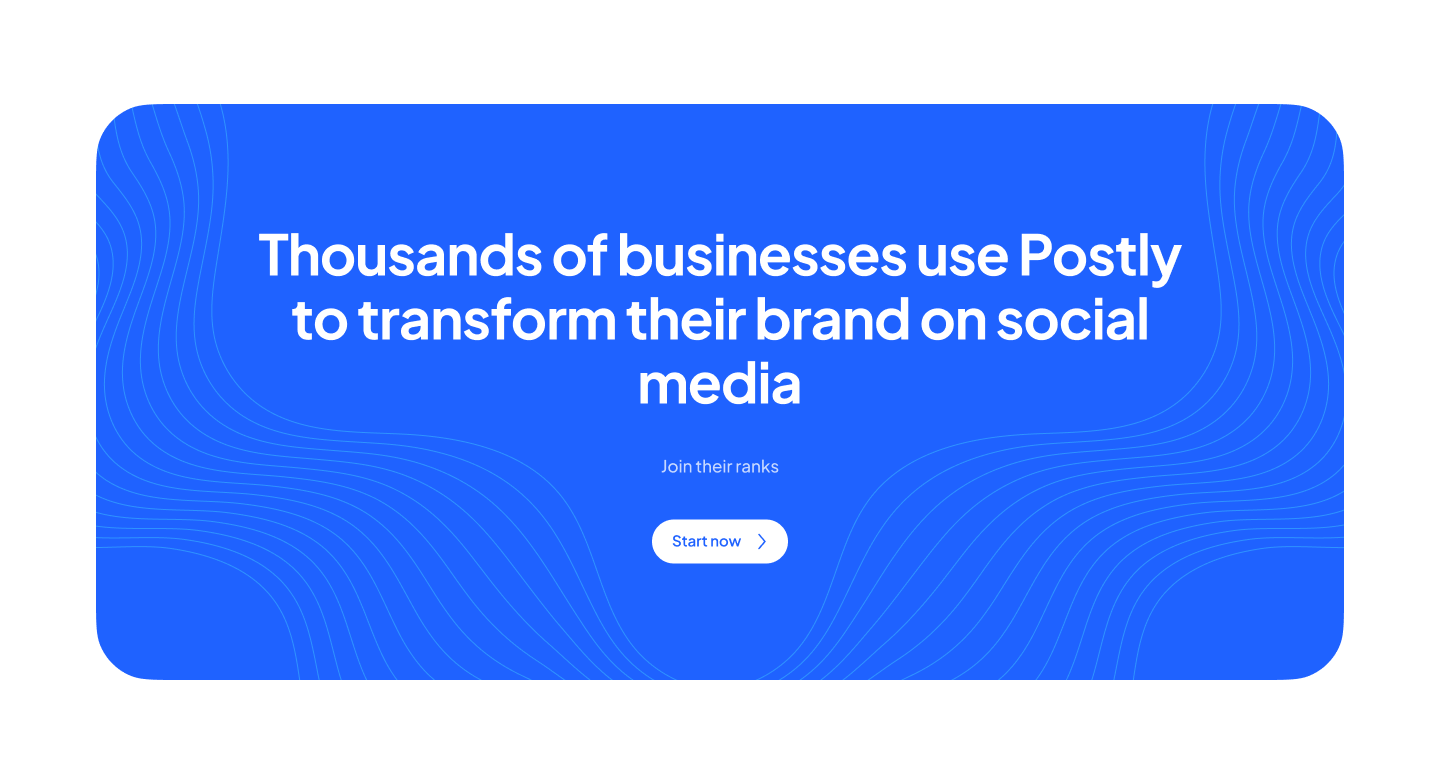How to Manage Negative Feedback or Comments on Instagram

In today’s digital landscape, Instagram is a powerful platform for businesses to connect with their audience and build brand loyalty. However, as with any public forum, negative feedback or comments are inevitable. While criticism can feel disheartening, it also presents an opportunity to demonstrate professionalism, transparency, and your commitment to customer satisfaction.
This guide explores best practices for managing negative feedback or comments on Instagram. By using these strategies, businesses can turn criticism into constructive conversations and even strengthen their relationships with followers.
Why Managing Negative Feedback Matters
- Preserves Brand Reputation: Ignoring or mishandling negative feedback can damage your brand’s image.
- Demonstrates Accountability: Addressing criticism openly shows that your business values customer opinions.
- Builds Trust: Effective responses reassure both the commenter and onlookers that your business is customer-focused.
- Improves Your Services: Constructive feedback can provide valuable insights into areas needing improvement.
Best Practices for Handling Negative Comments on Instagram
1. Respond Promptly
Delays in responding to negative comments can make customers feel ignored or undervalued. Aim to reply within 24 hours, showing you’re attentive and proactive.
Example Response:
- Comment: “My order arrived late, and I’m not happy with the customer service.”
- Reply: “Hi [Name], we’re so sorry to hear about your experience. Please send us a DM with your order details so we can resolve this for you right away.”
2. Stay Calm and Professional
Never respond impulsively or defensively, even if the comment feels unfair. Maintain a calm, polite tone, and avoid engaging in arguments.
Example Response:
- Comment: “This product is a waste of money!”
- Reply: “Hi [Name], we’re sorry to hear you’re dissatisfied. Can you share more about your experience? We’d love to make it right.”
3. Take the Conversation Private
For detailed issues, move the discussion to direct messages (DMs) or email to avoid lengthy public exchanges and protect customer privacy.
Example Response:
- Comment: “I’ve been waiting weeks for my refund!”
- Reply: “Hi [Name], we sincerely apologize for the delay. Please DM us your details, and we’ll prioritize resolving this issue.”
4. Show Empathy and Understanding
Acknowledge the commenter’s feelings before offering a solution. This shows you care and take their concerns seriously.
Example Response:
- Comment: “I had a bad experience at your store.”
- Reply: “We’re truly sorry to hear that, [Name]. Thank you for bringing this to our attention. Can you provide more details via DM so we can address the issue?”
5. Correct Misinformation Respectfully
Sometimes, negative comments are based on misunderstandings or incorrect information. Politely clarify the facts without sounding dismissive.
Example Response:
- Comment: “Your product isn’t cruelty-free!”
- Reply: “Hi [Name], we understand your concern. We’d like to clarify that all our products are certified cruelty-free. Feel free to DM us if you’d like more details.”
6. Use Humor Judiciously
For lighthearted complaints or harmless jabs, humor can diffuse tension and create a positive interaction. Ensure your response aligns with your brand’s tone.
Example Response:
- Comment: “Your coffee is so strong, it woke me up for a week!”
- Reply: “We’re glad it did the trick! 😄 Next time, we’ll make it a tad gentler—promise!”
7. Monitor and Filter Inappropriate Comments
Some comments may be abusive or violate community guidelines. In such cases:
- Use Instagram’s comment filtering tools to block offensive language.
- Report or delete comments that are harmful or spammy.
Postly Tip: Use Postly to monitor comments efficiently across multiple Instagram accounts and quickly address issues.
Turning Negative Feedback into Positive Outcomes
1. Highlight Resolutions Publicly
If you’ve resolved an issue, update the original comment thread to show other followers that you take feedback seriously.
Example:
- Original Comment: “I’m disappointed with my order.”
- Update: “Thanks for chatting with us, [Name]. We’re glad we could resolve this for you!”
2. Invite Feedback
Encourage customers to share their experiences, even negative ones, as it shows you’re open to improvement.
Example Post Caption:
- “We value your feedback! Let us know how we can improve—we’re always here to listen.”
3. Use Feedback to Improve
Analyze recurring complaints to identify patterns and address root causes. Negative feedback can guide you toward improving your products, services, or processes.
Case Studies: Brands Excelling at Managing Negative Feedback
1. Starbucks
Starbucks actively responds to customer complaints on Instagram, offering apologies and solutions while maintaining their approachable brand tone. Their transparency fosters trust and customer loyalty.
2. Netflix
Netflix occasionally uses humor to address playful criticism, striking a balance between relatability and professionalism. This approach aligns with their laid-back brand personality.
3. Glossier
Glossier engages with customers in the comments section, acknowledging issues and providing personalized solutions. They often redirect conversations to DMs, showing they value privacy and thorough resolution.
How Postly Can Streamline Negative Feedback Management
Managing comments and DMs across multiple Instagram accounts can be overwhelming, especially for growing businesses. Postly simplifies this process with features designed to help you handle negative feedback efficiently:
- Unified Inbox: Monitor all comments and DMs in one place, ensuring no message goes unanswered.
- Team Collaboration: Assign comments or DMs to specific team members for faster resolution.
- Automated Replies: Set up initial responses for common complaints, ensuring customers feel heard immediately.
- Analytics and Reporting: Track response times and engagement metrics to refine your feedback management strategy.
Common Mistakes to Avoid
- Ignoring Negative Comments: Silence can be interpreted as indifference, damaging your reputation.
- Being Defensive: Avoid arguing or making excuses; focus on finding solutions.
- Using Generic Responses: Tailored replies show genuine care and professionalism.
Conclusion
Negative feedback on Instagram is inevitable, but how you handle it defines your brand’s reputation and relationship with your audience. By responding promptly, showing empathy, and using tools like Postly to streamline interactions, businesses can turn criticism into opportunities for growth.
Start implementing these strategies today, and watch as your audience’s trust and loyalty grow—even in the face of challenges.

